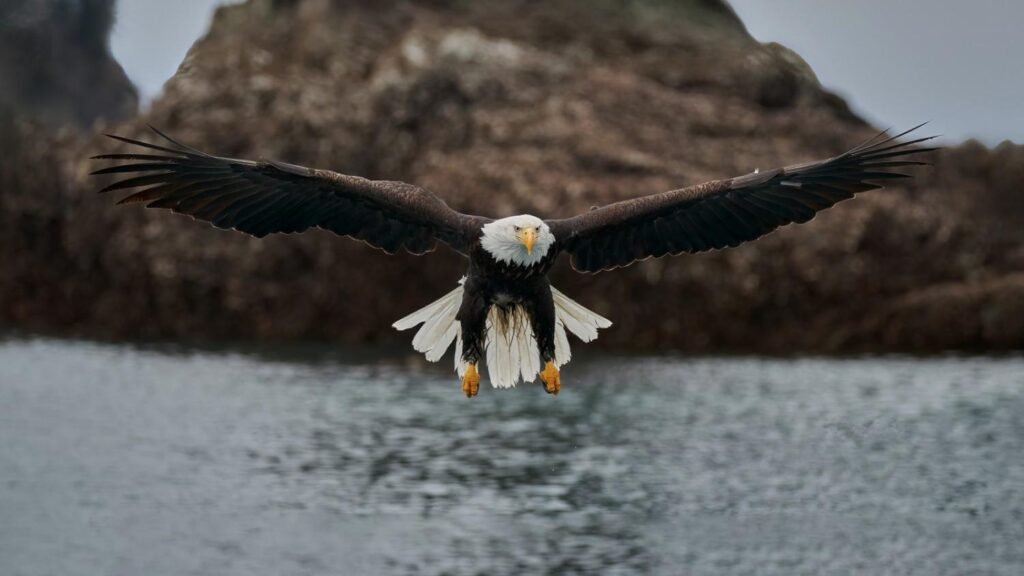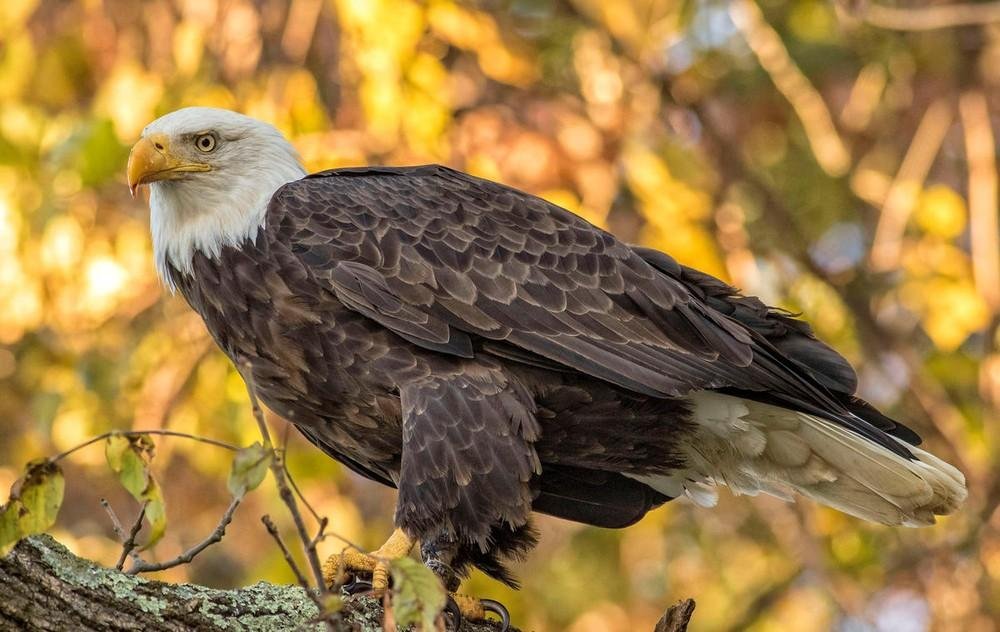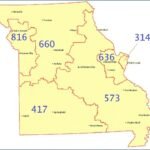It is the Hancock Bird is a captivating species that is admired for its distinctive behaviour and beautiful appearance. It is found mainly within North America, particularly British Columbia It thrives in dense forest and large wetland areas. In this article, we will look at the habitat of this species, its physical characteristics, as well as its diet and its conservation situation.
Habitat and Distribution
It is believed that the Hancock Bird has a wide variety of habitats, ranging that range from thick woodlands to coastal areas. Its adaptability allows it to thrive in regions that are tropical or temperate with abundant food resources as well as nesting areas. Conservationists closely monitor the habitats and ensure they’re appropriate in the right way for Hancock Birds.
Physical Characteristics
Hancock Bird Hancock Bird is known for its vivid plumage as well as the size of medium. The bird utilizes its vibrant feathers to disguise itself. it blend into the dense vegetation. Males typically display brighter colours to attract females during periods of breeding, which showcases the vibrant nature of nature.
Unique Behaviors
Hancock Birds display remarkable social and ethical behaviour. They usually form small groups and create close-knit groups for security and protection. They are adept communication experts, together with various vocalizations to warn of danger and communicate the food sources. The bird’s intelligence is apparent using tools that allow them to efficiently forage.
Mating and Courtship
When mating time is in full swing, Hancock Birds engage in elaborate courtship shows that include stunning feather displays, soothing sound effects, and aerial displays. These ceremonies play an important function in the attracting of mates as well as in making social bonds. Courtships are not just an attractive sight to see but are a crucial element of mating and ensuring the survival of species.
Diet and Feeding Habits
Hancock Birds are omnivorous, taking in insects, seeds, as well as small animals, according to the availability of seasonal food. Their diet changes towards protein-rich food when breeding that aids in the development of their youngsters. They are also are well-known for their caching technique, which allows them to store food items to be accessed later when they are in need of resources.
Migration Patterns
Certain Hancock Bird populations migrate seasonally and move to warmer climates as temperatures fall. This is essential, aiding them in accessing consistent foodstuffs all through all the time. They travel in different ways based on the available resources, which shows how adaptable they are to changes in the environment.
Conservation Status
The Hancock Bird’s status as a conservationist is currently stable, habitat destruction and the effects of climate change are major risks. The effects of pollution and destruction of forests can affect the ecosystems of these birds, creating difficulties in locating food sources as well as appropriate places to nest. Conservation efforts continue and a variety of organizations are focusing on the protection of their habitats and decreasing human impact.

Human Impact and Environmental Threats
The effects of pollution, urbanization, and deforestation pose a serious threat to Hancock Birds, as these actions destroy vital habitats. Changes in climate can alter the patterns of migration, which could lead to food insecurity and reduced reproduction performance. In promoting sustainable practice, conservationists strive to reduce these impacts, thereby helping protect the Hancock bird’s population.
Role in the Ecosystem
Hancock Birds play an essential part in the ecosystems they inhabit by managing insect populations as well as dispersing seeds. Their dietary habits and foraging behaviour diversification contribute to maintaining the balance in ecology, while also preserving the quality of the ecosystems they inhabit. By doing this, Hancock Birds help to maintain ecological balance. Hancock Bird supports biodiversity, which is beneficial to other species as well.
Observing Hancock Birds
Bird watchers regularly go to protected areas as well as nature reserves to view Hancock Birds in their natural habitats. Mornings in the early morning and afternoons after sunset are the desirable times to see the birds, especially during times when the birds are actively soaring. The bird watchers can use binoculars as well as field guides to take in the beautiful birds, while learning about their behaviours.
Conservation Efforts
Protection efforts for efforts to protect the Hancock Bird focus on habitat preservation, legal protections as well as public education initiatives. Projects like reforestation or pollution control as well as adaptation to climate change help safeguard the birds. Conservation groups actively involve communities and encourage the collective effort to save the unique species of birds.
Future Outlook
As long as conservation continues The future of Hancock Birds is optimistic. With the protection of habitats and educational outreach, the initiatives are designed to assure that the next generation can take pleasure in these magnificent birds. The positive outcome generated by these programs shows the possibility of reversing declining populations, which will allow Hancock Birds to thrive for all of the year.
Conclusion
The Hancock Bird is a symbol of nature’s beauty, strength and aptitude. Being aware of its needs and behaviors can help us understand the importance of its ecology and drive conservation efforts. Conserving the Hancock bird’s habitat conserves the unique bird species, however, it also preserves biodiversity making sure that the environment is healthy for future generations.












